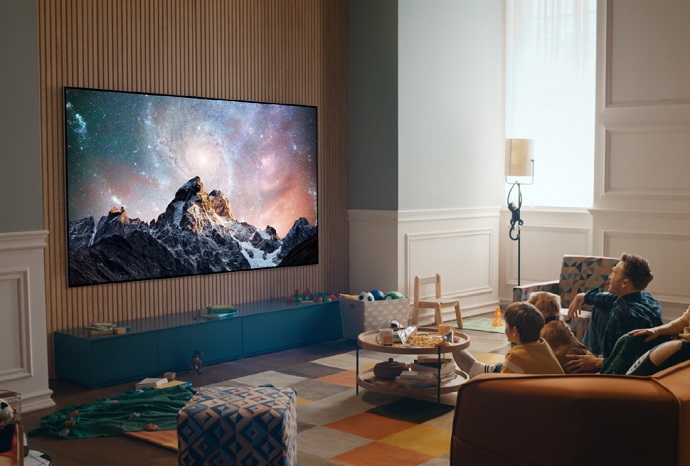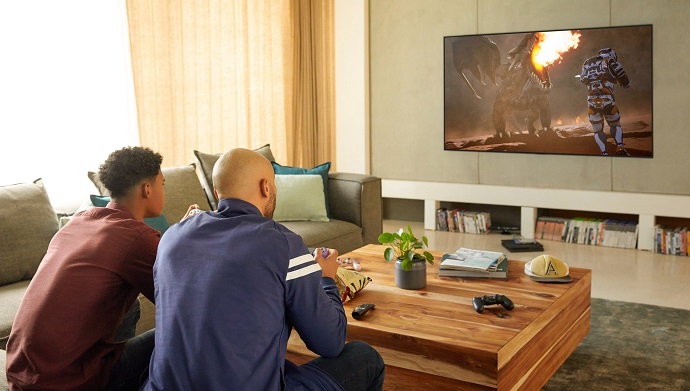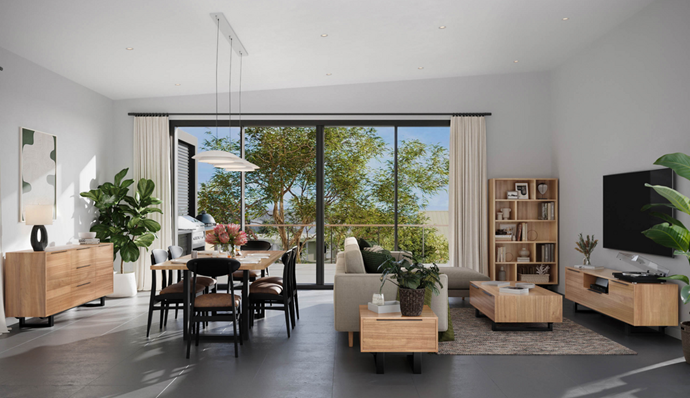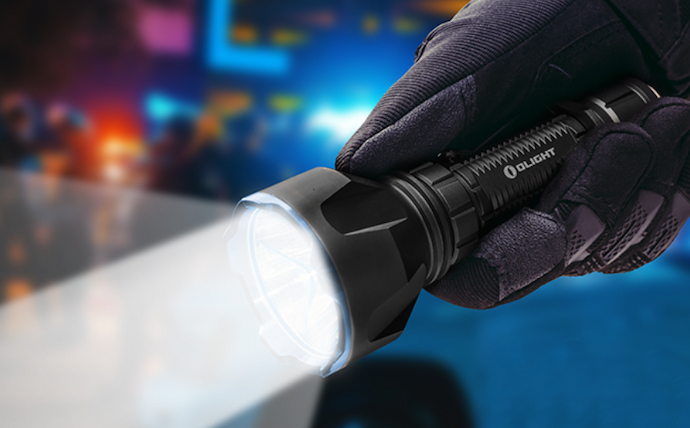In this day and age when the whole digital world is on just one screen, the TV has become indispensable equipment. And this is not only in our homes, but at the office, in the classroom, and in conference rooms as well. People even take them on trips and enjoy watching their caravan TVs in nature. With all the possibilities it offers and the advanced resolution of 4k smart TVs, the TV has brought the viewing experience to the next level.
If you are looking to transform the way you watch TV, play games, or make presentations, read on to find out why smart TV 4K resolution is the best on the market today.
What Does 4K Mean and How Does It Compare to Full HD?

Picture clarity can be simply explained in pixel count. The higher the number of pixels, the higher resolution. In the case of 4K, that means 3 840 horizontal and 2 160 vertical pixels, making a total of about 8.3 million pixels. All of those tiny dots collected together make up the image we see on the screen.
To give you a better idea of what this means, 4K TVs have 4 times better resolution than the traditional Full HD TVs which have 1920 x 1080 pixels, giving you a more vivid and detailed picture even on same-size screens. And when it comes to bigger sizes, the difference is much more significant. It doesn’t take long to notice the sheer clarity and incredibly detailed picture no matter how close you sit to the set or how big the TV is.
Compared to the Full HD, the 4K standard captures a range of colours and brightness that more closely matches what we see with our eyes in real life.
OLED or QLED
With all the different uses the TV set has, it’s possible to spend hours on end staring at the screen with few breaks in between and this can cause eye fatigue. This is usually caused by the excessive blue light production. That’s why manufacturers are now seeking eye safe certification for their panels.
The two TV technologies OLED and QLED address this issue in a different way. OLED, which stands for ‘organic light-emitting diode is ‘emissive’, meaning the pixels emit their own light. It produces significantly less blue light and offers better overall eye comfort. It has a better viewing angle, deeper black levels, uses less power, is a killer for gaming, and is better for your eye health.
QLED, or ‘quantum dot LED TV’ is a variation of LED LCD, adding a quantum dot film to the LED sandwich. Like LCD it’s ‘transmissive’ in its current form and relies on an LED backlight. It delivers higher brightness, longer life span, lower price tags, and no risk of burn-in.
Both technologies are impressive in their own ways, so choosing between them is subjective.
Beyond Resolution

The high resolution is certainly one of the specifications that rank the smart TV 4K at the top of the market currently, but there are additional factors that help ensure you are seeing the smoothest and most precise picture. These include the refresh rate, the upscaling capability, and anti-reflective properties.
TVs refresh their image a certain number of times per second of hertz. The refresh rate is most noticeable when you are watching content with a lot of action like sports games, or if you are a gamer playing on the last generation of consoles. A higher refresh rate will boost this experience because most 4k smart TVs refresh at 60Hz or 60 frames per second, with some more high-end models offering up to 120Hz.
Upscaling means upgrading and enhancing the image. Even if what you are watching is not originally 4k content, this technology can make lower resolution look better. It converts and optimizes the content to fit the display panel for 4K TV, improving details and providing optimum contrast and colour.
Available Content
What can you actually watch in this high resolution might have been an issue a few years ago, but with more channels and services catching up on the latest technology, this is no longer a problem. There are various forms of 4K content, from streaming services, broadcasting, Blu-ray players to videos filmed with cameras and smart phones.
Big-name streaming platforms like Amazon Prime, Netflix, Apple+, and a couple of more, as well as YouTube TV and Vimeo, offer a wide range of content such as 4K films and TV series and videos created by the users themselves.
Gamers’ Dream

If you are a competitive gamer you will want the best performance possible. High-end models have gaming features like variable refresh rate support as well as Auto Low Latency Mode that automatically switches the TV into Game Mode when you launch a game from a compatible device. It also supports HDMI 2.1 bandwidth so you can play 4k games up to 120 fps without any drops in frame time.
To Sum Up
The 4K resolution offers a dramatically improved image, sharper picture, and more vivid colours. The blacks are darker, colours just pop off the screen and the high refresh rate creates the smoothest image. Even if there is a content gap, the clever upscaling features will certainly improve your viewing experience. 4Ks are getting bigger and better and with the price drop it has become the mainstream TV. It’s time to get yours.





















